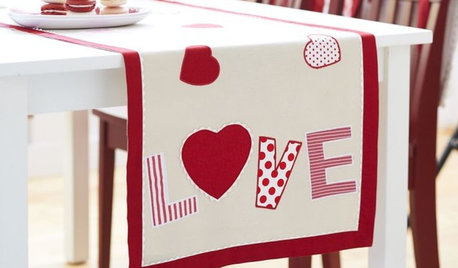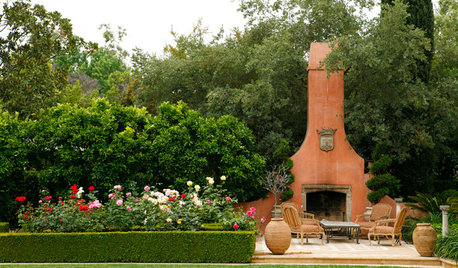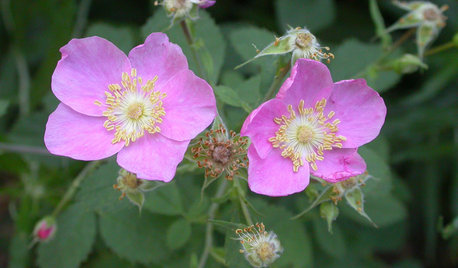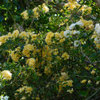Importing roses
roseseek
11 years ago
Related Stories

VALENTINE’S DAYThe Real Importance of Valentine’s Day
Even small traditions celebrating love can carry through an entire life
Full Story
GARDENING GUIDESWhat Kind of Roses Should You Grow?
Want to add the beauty of roses to your garden? Find out which ones, from old-fashioned to modern, are right for you
Full Story
GARDENING GUIDESLearn the Secret to Bigger and Better Roses
Grow beautiful roses using both ordinary and unusual soil amendments
Full Story
PLANTING IDEASGreat Garden Combo: Rose + Clematis for Small-Space Impact
We all need somebody to lean on. And when a rose supports a climbing vine, the results can totally transform a small garden
Full Story
WINTER GARDENINGPruning Secrets for Exquisite Roses
Encourage gorgeous blooms year after year with this time-tested advice on how to prune your rosebush in winter for health and shape
Full Story
GARDENING GUIDES6 Captivating Roses for an Alluringly Fragrant Garden
Perfume your garden with aromas from richly spicy to lightly sweet, without sacrificing an inch of color
Full Story
LANDSCAPE DESIGNMake Your Roses Even More Beautiful With These Companion Plants
Nourish your rosebushes and create a visual feast with these 7 classic and unexpected plant pairings
Full Story
GARDENING GUIDESGreat Design Plant: Rosa Banksiae a Low-Maintenance Beauty
This thornless, disease- and insect-resistant rose brings showers of white or yellow flowers to the spring garden
Full Story
GARDENING GUIDESGreat Design Plant: Rosa Californica
Plant California wild rose for easy care and a touch of romance in your native garden
Full Story
DECORATING STYLES18 Ways to Bring English Country Charm Home
From topiaries and climbing roses to toile and tea, these design ideas can skew cozy casual or manor formal
Full Story









JessicaBe
anntn6b
Related Professionals
North New Hyde Park Landscape Architects & Landscape Designers · South Elgin Landscape Architects & Landscape Designers · Waterbury Landscape Contractors · Avocado Heights Landscape Contractors · Las Vegas Landscape Contractors · Northport Landscape Contractors · South Portland Landscape Contractors · Vallejo Landscape Contractors · Bakersfield Swimming Pool Builders · Huntsville Swimming Pool Builders · Berkeley Siding & Exteriors · Hamden Siding & Exteriors · Oak Creek Siding & Exteriors · Orange County Siding & Exteriors · North Reading Siding & ExteriorsroseseekOriginal Author
windeaux
anntn6b
strawchicago z5
roseseekOriginal Author
windeaux
michaelg
roseseekOriginal Author
strawchicago z5